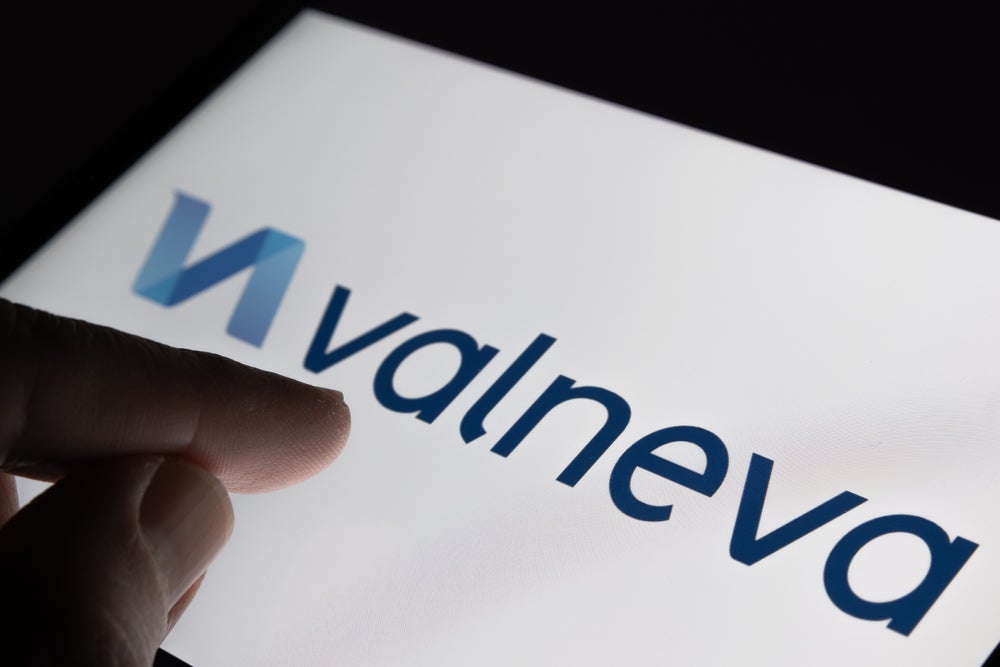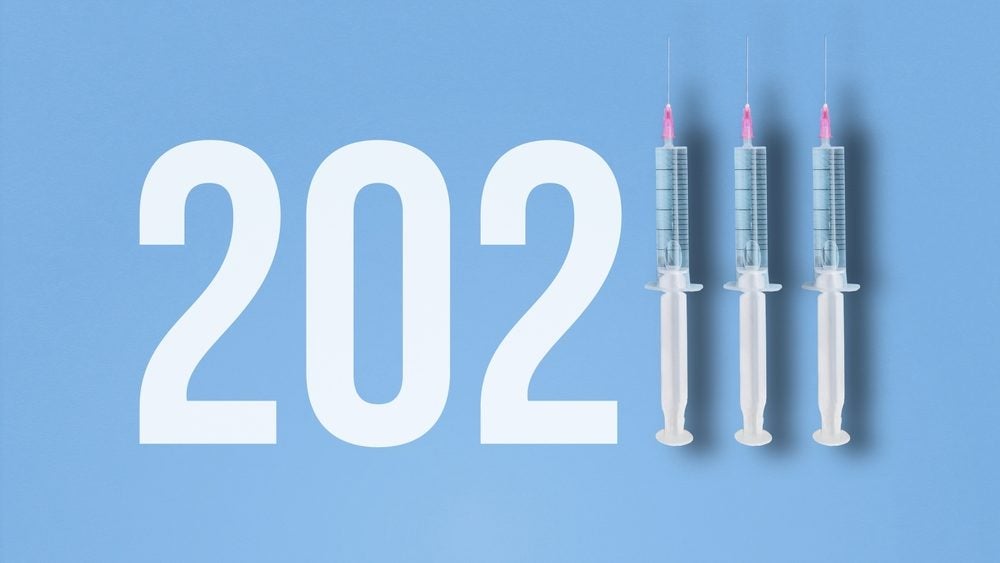
At the 127th Annual Meeting of the American Academy of Ophthalmology (AAO) 2023, two studies were discussed demonstrating the effectiveness, safety and sub-group analyses of HD Eylea (aflibercept 8mg), a vascular endothelial growth factor (VEGF) inhibitor therapy, in the PHOTON and PULSAR trials.
HD Eylea, which is a high-dose formulation of the original Eylea drug, aflibercept 2mg, proved that patients with diabetic macular edema (DME) and age-related macular degeneration (AMD) can experience longer intervals between treatments. It is well understood that VEGF inhibitors are effective in reducing abnormal growth of blood vessels in the eye, which, if left untreated, could lead to vision loss in both diseases. These studies evaluated the effectiveness of HD Eylea in patients with AMD and patients with DME. Both AMD and DME are retinal diseases with comorbidities; this includes coronary artery disease, arthritis and chronic obstructive pulmonary disease for AMD and diabetes, hypertension and kidney disease for DME, among others.
Eylea HD, also known as aflibercept 8mg, is a high-dose formulation of Eylea (aflibercept 2mg), providing a dose that is four times higher than Roche’s original drug and aims to extend the duration of VEGF signalling suppression. In PULSAR, results presented by David Eichenbaum, MD, Director of Research for Retina Vitreous Associates, in a poster presentation showed that among aflibercept 2mg and aflibercept 8mg, outcomes for best corrected visual acuity (BCVA) were comparable among the subgroups that were evaluated in the study, which comprised grouping subjects on the basis of a baseline BCVA of ≤54, BCVA between 55-73 and BCVA of ≥74, grouping subjects on the basis of baseline CST of <400µm and CST of ≥400µm, grouping subjects on the basis of CNV type, including minimally classic CNV, occult-only CNV and predominantly classic CNV and by grouping subjects based on race, focusing on white and Asian patients.
In another poster, the Phase III PULSAR trial further went on to analyse the relationship between early fluid resolution in the initial treatment phase and dosing intervals and to reveal whether this may be used as a biomarker to estimate how likely it is for nAMD patients to attain longer dosing intervals with aflibercept 8mg. The results showed that of patients who were fluid-free during the initial treatment phase at week four, 80% maintained an extended dosing interval of 16 weeks, confirming the biomarker potential of these results.
In Phase II/III of the PHOTON trial, results also presented in posters showed that at 48 weeks, the primary endpoint for BCVA in both aflibercept 8mg groups (dosing intervals at 12 weeks and 16 weeks) was met. As for central retinal thickness, in comparison to aflibercept 2mg, greater reductions in central retinal thickness (CRT) were achieved with aflibercept 8mg four weeks after the last initial monthly dose.
Furthermore, eight weeks after the initial monthly dose, a longer duration of effect was seen with aflibercept 8mg, as smaller increases in CRT were seen with aflibercept 8mg in comparison to aflibercept 2mg. About 93% of all subjects who received aflibercept 8mg maintained dosing intervals of 12 or more weeks.
How well do you really know your competitors?
Access the most comprehensive Company Profiles on the market, powered by GlobalData. Save hours of research. Gain competitive edge.

Thank you!
Your download email will arrive shortly
Not ready to buy yet? Download a free sample
We are confident about the unique quality of our Company Profiles. However, we want you to make the most beneficial decision for your business, so we offer a free sample that you can download by submitting the below form
By GlobalDataThe safety profile of aflibercept 8mg was affirmed via a pooled safety analysis of CANDELA, a proof-of-concept Phase II trial in patients with nAMD, in addition to PHOTON and PULSAR, to thoroughly evaluate the aflibercept 8mg safety profile. Results showed that among subjects that received aflibercept 2mg and aflibercept 8mg, there were low incidences of intraocular inflammation; 0.5% of subjects in the aflibercept 2mg pooled group and 0.8% of subjects in the aflibercept 8mg pooled group presented with intraocular inflammation. Additionally, no cases of endophthalmitis, vasculitis, or ischemic optic neuropathy were reported.
Furthermore, the incidence of non-ocular treatment-emergent adverse events (TEAEs) was similar between both aflibercept doses; 50.5% of patients in the aflibercept 2mg pooled group had one or more TEAEs, whereas 53.7% of patients had one or more TEAEs in the aflibercept 8mg pooled group. As for serious non-ocular TEAEs, 13.7% of patients in the aflibercept 2mg pooled group had one or more serious TEAEs, whereas 11.9% of patients in the aflibercept 8mg group had one or more serious TEAEs. Aflibercept 8mg thus confirmed its comparable safety to aflibercept 2mg across these three trials and furthermore showed that intraocular pressure did not clinically significantly increase with aflibercept 8mg.
Key opinion leaders (KOLs) interviewed by GlobalData have stated they think that aflibercept 8mg will be a key player in the DME space by 2031 and will help in addressing unmet needs within the DME space due to its better durability, which means longer dosing intervals for patients and therefore fewer injections. This will reduce the burden of the disease. Other KOLs added that provided aflibercept 8mg performs well in clinical trials, it will compete directly with Vabysmo in the next five years, as while Vabysmo has proven better durability in comparison to Eylea, it is not better than Eylea for visual acuity. However, while other KOLs acknowledged this, they warned that inclusion and exclusion criteria were different in the trial for Vabysmo and Eylea 8mg, so they noted that clinical data was not comparable. Nonetheless, aflibercept 8mg is highly anticipated among KOLs.
According to GlobalData’s Pharma Intelligence Center, for AMD worldwide, there are 40 Phase III candidates, 49 Phase II candidates and 46 Phase I candidates. For DME, worldwide, there are 13 Phase III candidates, 30 Phase II candidates and 17 Phase I candidates.







